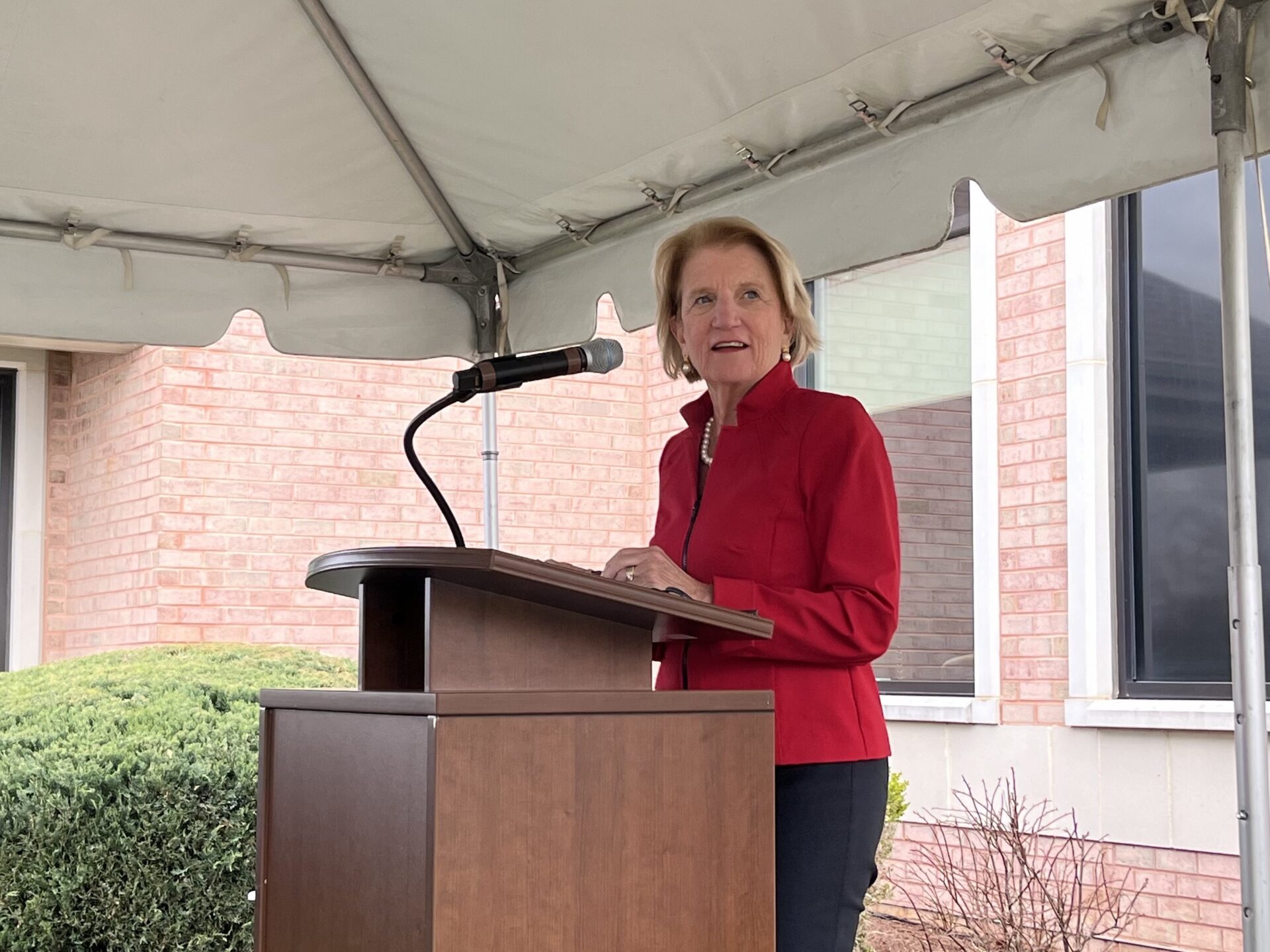For patients with terminal illnesses, hospice care is a form of health care that provides enhanced comfort and quality-of-life resources when few medical options remain.
But ensuring a hospice patient’s comfort and happiness can be tricky in a traditional hospital setting, according to Maria Lorenson, development director of Hospice of the Panhandle located in Jefferson and Berkeley counties.
Crowded medical settings often come with loud noises and fewer lifestyle supports, she said. But that’s where inpatient facilities come in.
Inpatient facilities like Hospice of the Panhandle’s campus in Kearneysville provide a residential health care setting.
Here, patients continue to receive support, but also experience a level of normalcy harder to access in a traditional hospital, Lorenson said.
“It’s very quiet, peaceful (and) serene.”
While Hospice of the Panhandle has operated since 1980, this year marks the 10th anniversary of its current inpatient facility. To celebrate, residents of West Virginia’s Eastern Panhandle and beyond visited the campus Monday.
During the celebration, Sen. Shelley Moore Capito, R-W.Va., delivered remarks regarding her parents’ history undergoing hospice care, as well as the importance of supporting end-of-life health care facilities.
“This is a real soft spot for me, hospice care,” she said.
Photo Credit: Jack Walker/West Virginia Public Broadcasting
“The way to care for either life-ending illnesses or folks with dementia — or whatever the issue is — is something that I think all of us… will live,” Capito continued. “Every tender touch, every warm and friendly smile, every professional engagement is so absolutely important.”
Capito’s sentiments were echoed by Patti Maerten Hicks, whose husband, Dan, was admitted to the facility after receiving a pancreatic cancer diagnosis at age 47.
As her husband’s condition worsened, Maerten Hicks said that staff members volunteered to host an impromptu ceremony at the facility that would allow her husband to take part in their children’s high school graduation.
Maerten Hicks said that seeing facility staff and the local community rally around the ceremony brought joy to her husband and family during a particularly challenging period of time.
“Our family experience is just one story, one experience, that demonstrates how important the inpatient facility is to our community,” she said.
Photo Credit: Jack Walker/West Virginia Public Broadcasting
Lorenson said that operating an inpatient facility can be costly, which has limited the prevalence of inpatient care nationwide.
But residents can access hospice care using Medicare or Medicaid benefits, which prevents any financial burden from falling on the facility’s patients themselves, she said.
Plus, with the creation of the inpatient facility 10 years ago, Lorenson said that she and her colleagues feel they have enhanced medical resources available to the rural community surrounding the facility.
In a speech to the celebration’s guests, Hospice of the Panhandle CEO Nikki Bigiarelli said that the facility remains committed to continuing to serve residents like these in the years ahead.
Since opening 10 years ago, the inpatient facility — which can serve up to 14 individuals at a time — has admitted more than 3,000 patients for care, she said.
“I was born and raised here in the Panhandle, and taking care of our own people is very near and dear to my heart,” Bigiarelli said. “We’re going to continue to find ways to serve and take care of the deserving people of this Panhandle.”
